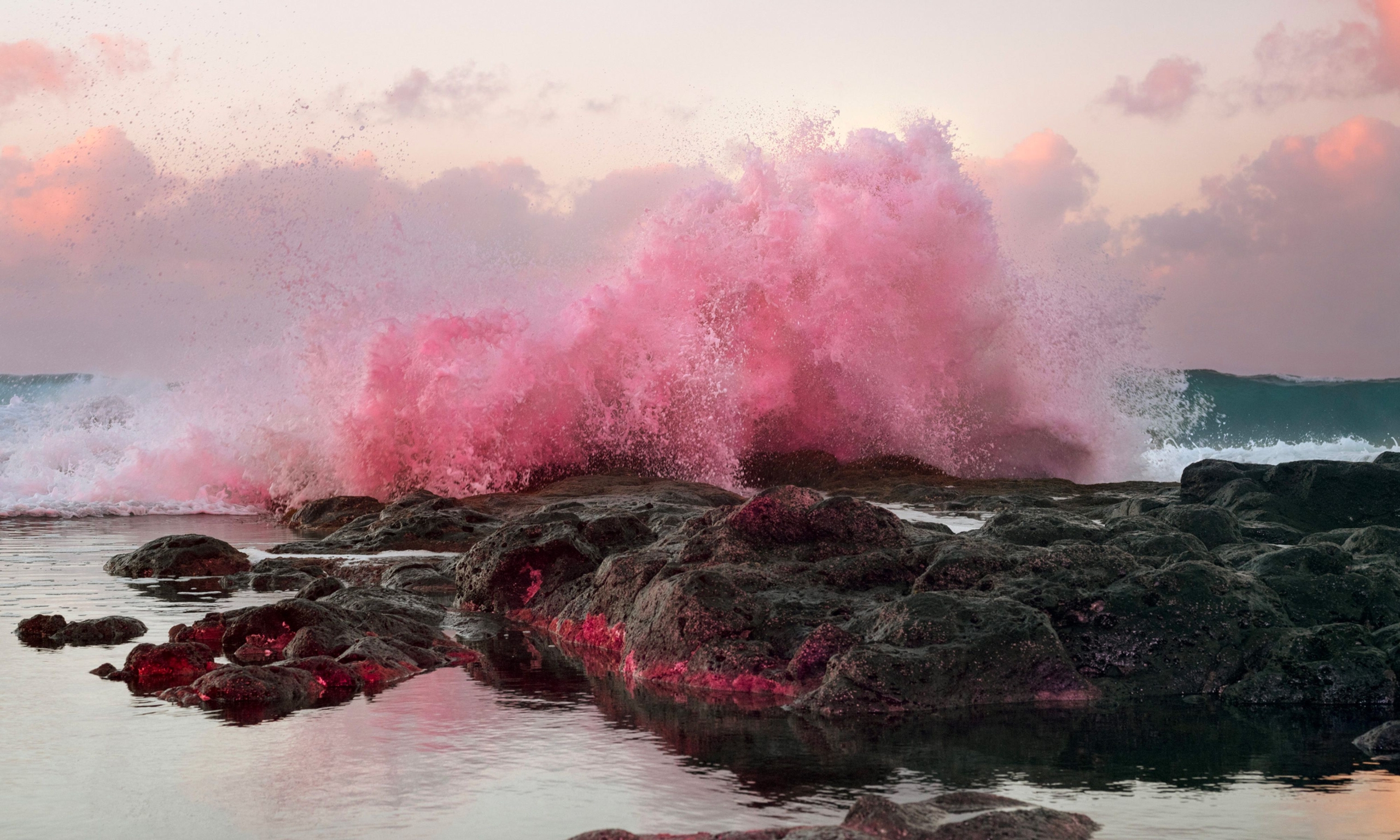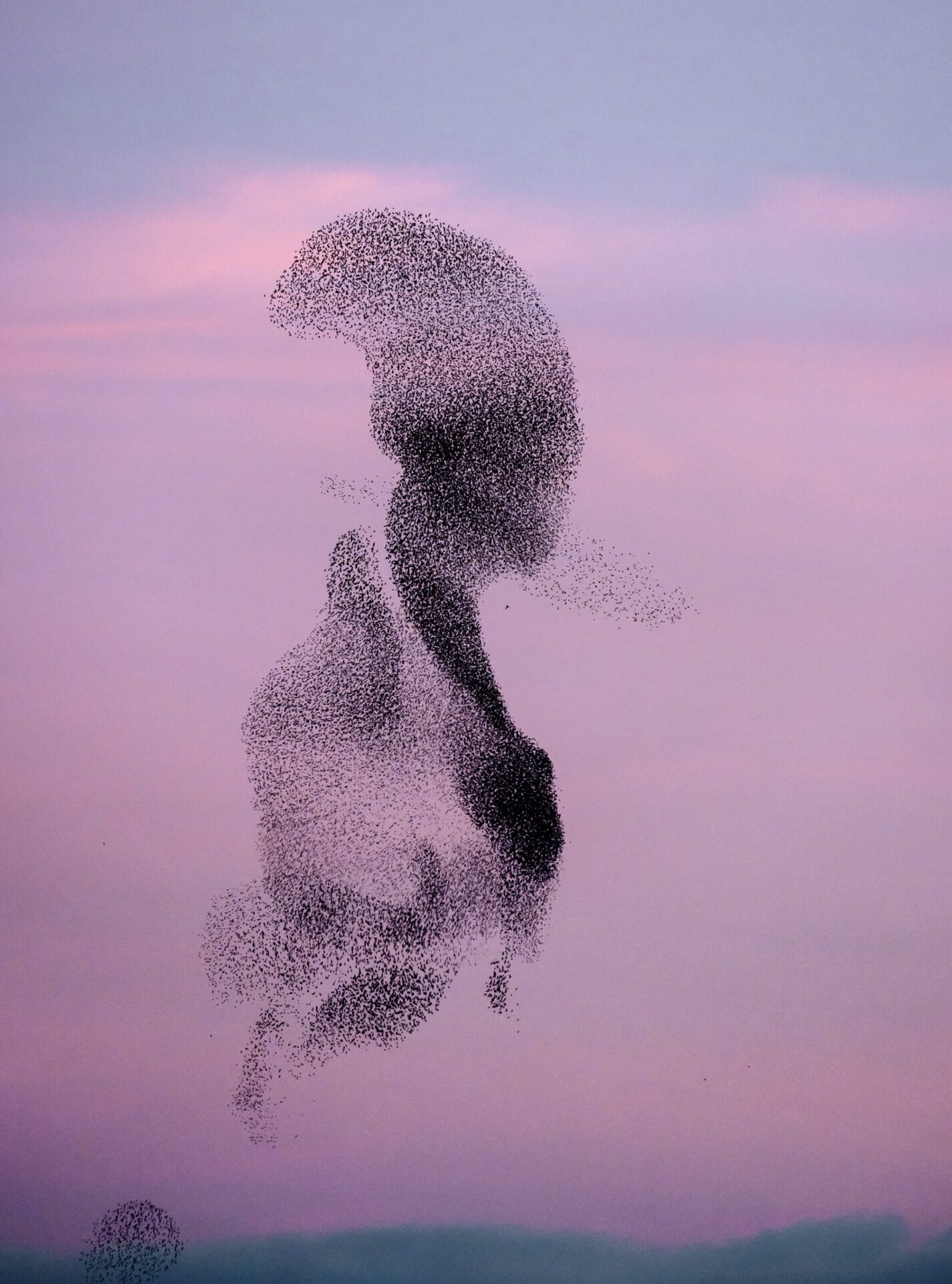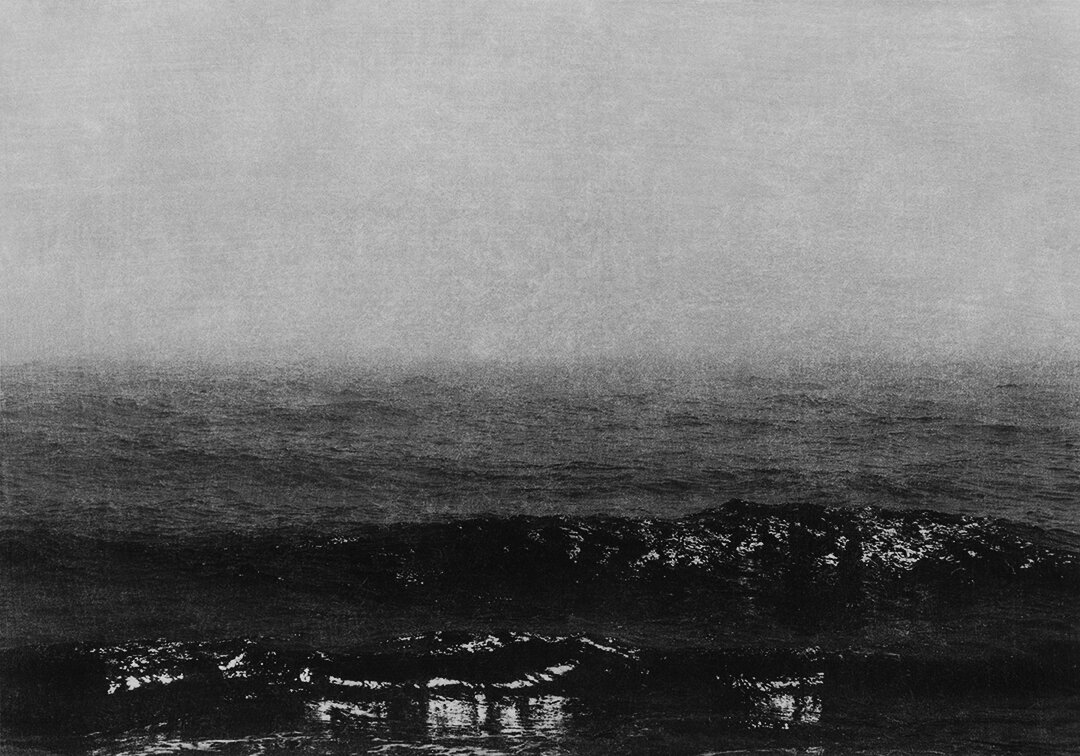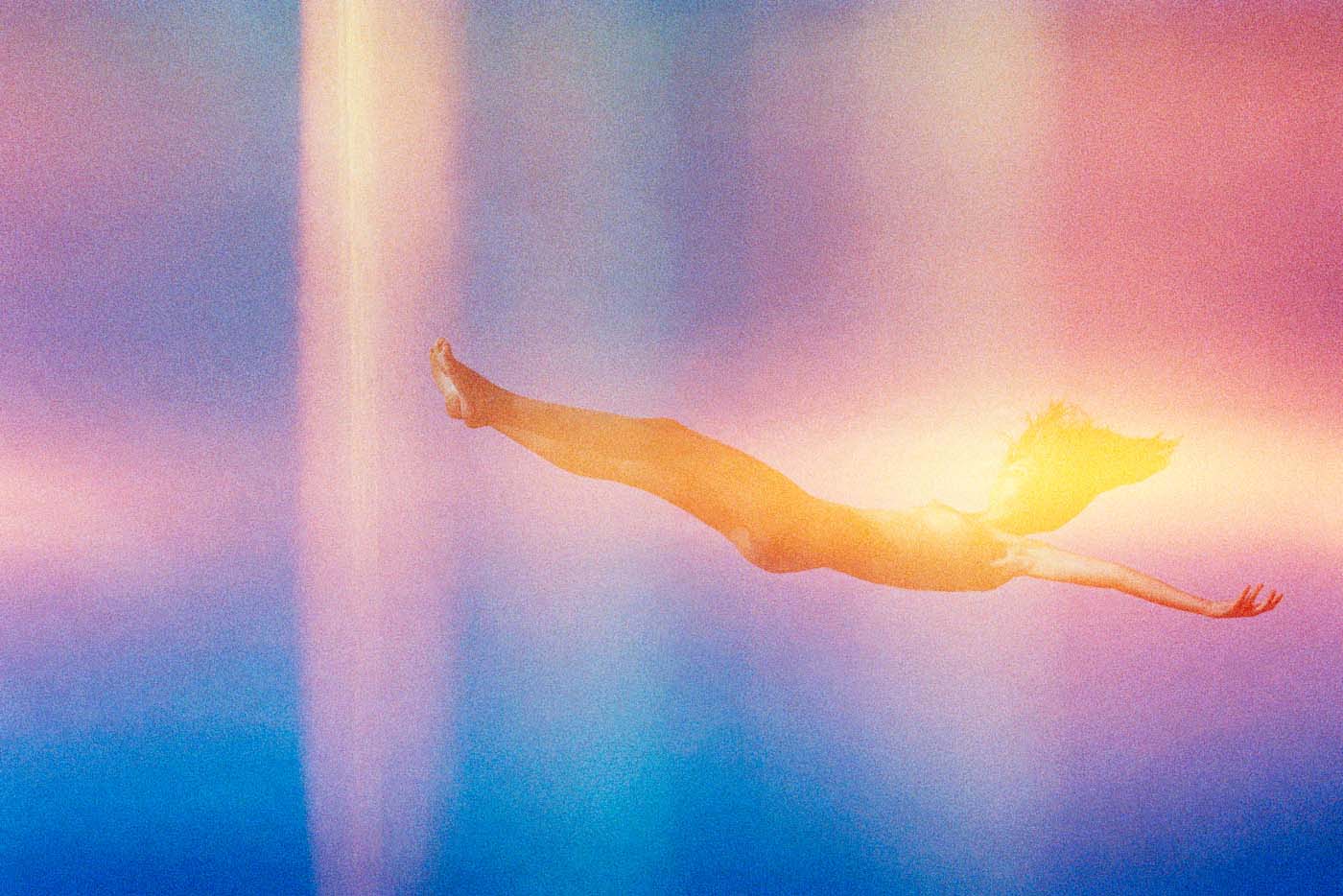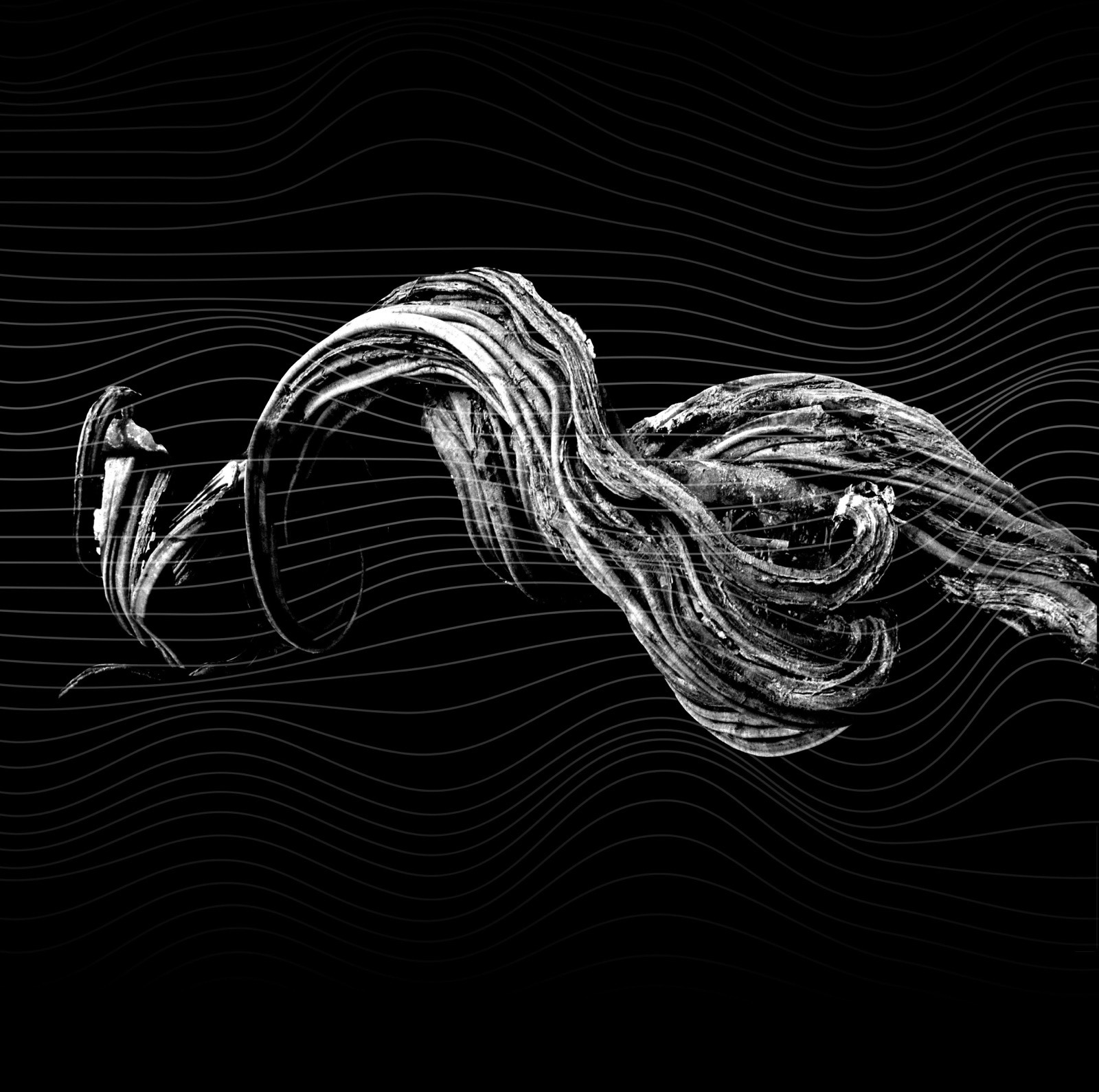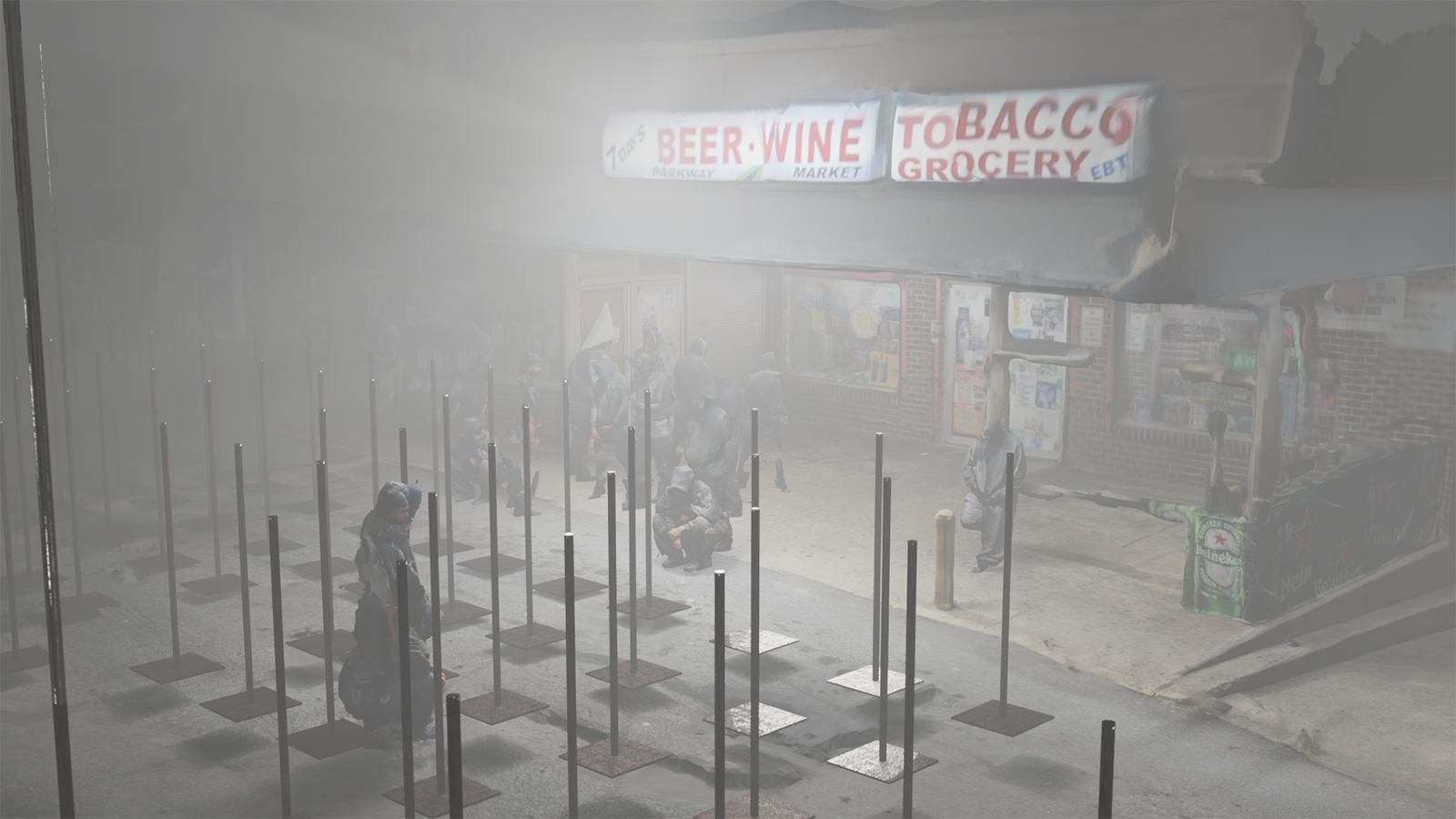The breath is power.
Your body knows when you talk to it.
Nothing hits like breath.
Not coffee.
Not alcohol.
Not pills.
Athletes know it.
Singers know it.
You don’t need motion to strengthen the body.
You need commitment.
You need the breath.
That’s why anxiety loses its grip
when you breathe slower than your thoughts.
That’s why grief rises to the surface, then softens,
when you dare to stay.
You don’t move, but you strengthen.
You don’t fight, but you recover.
In labor, women are taught to breathe.
Not to erase the pain,
but to meet it.
Breath doesn’t numb.
It softens resistance.
Breath trains the body without motion.
It prepares you.
For intimacy.
For stillness.
For stress.
At climax, breath disappears.
Like the body isn’t sure if it’s allowed to feel that much.
Some breathe too fast.
Some not at all.
The nervous system can’t tell:
Is it lust?
Trauma?
Or fear?
To breathe during sex is to risk feeling everything.
When you breathe consciously, the feeling deepens.
Touch becomes connection.
Presence becomes exposure.
Sometimes, breath brings flashbacks.
Sometimes, it brings tears.
You can overwrite your system.
Slow your heart.
Soften your nerves.
Control your immune response.
Tell your body: you’re safe.
The vagus nerve listens.
The breath shifts you from fight to flow.
From Sympathetic to Parasympathetic.
Back to baseline.
Focus sharpens.
Reactivity fades.
Breath teaches you how not to flinch.
It lets you feel.
Lets you stay.
In eye contact.
In emotion.
In presence.
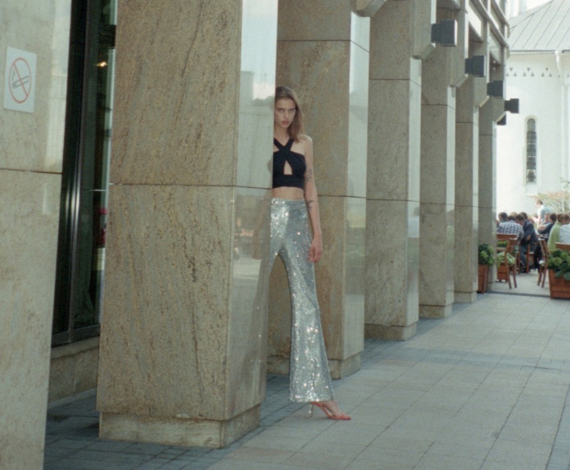 https://www.nastymagazine.com/wp-content/uploads/2019/10/Look4.3-copy.jpg
999
1500
admin
https://www.nastymagazine.com/wp-content/uploads/2015/02/new-logo-basker-WHITE4.png
admin2019-10-07 09:50:142021-04-10 17:11:19Busy day
https://www.nastymagazine.com/wp-content/uploads/2019/10/Look4.3-copy.jpg
999
1500
admin
https://www.nastymagazine.com/wp-content/uploads/2015/02/new-logo-basker-WHITE4.png
admin2019-10-07 09:50:142021-04-10 17:11:19Busy day
